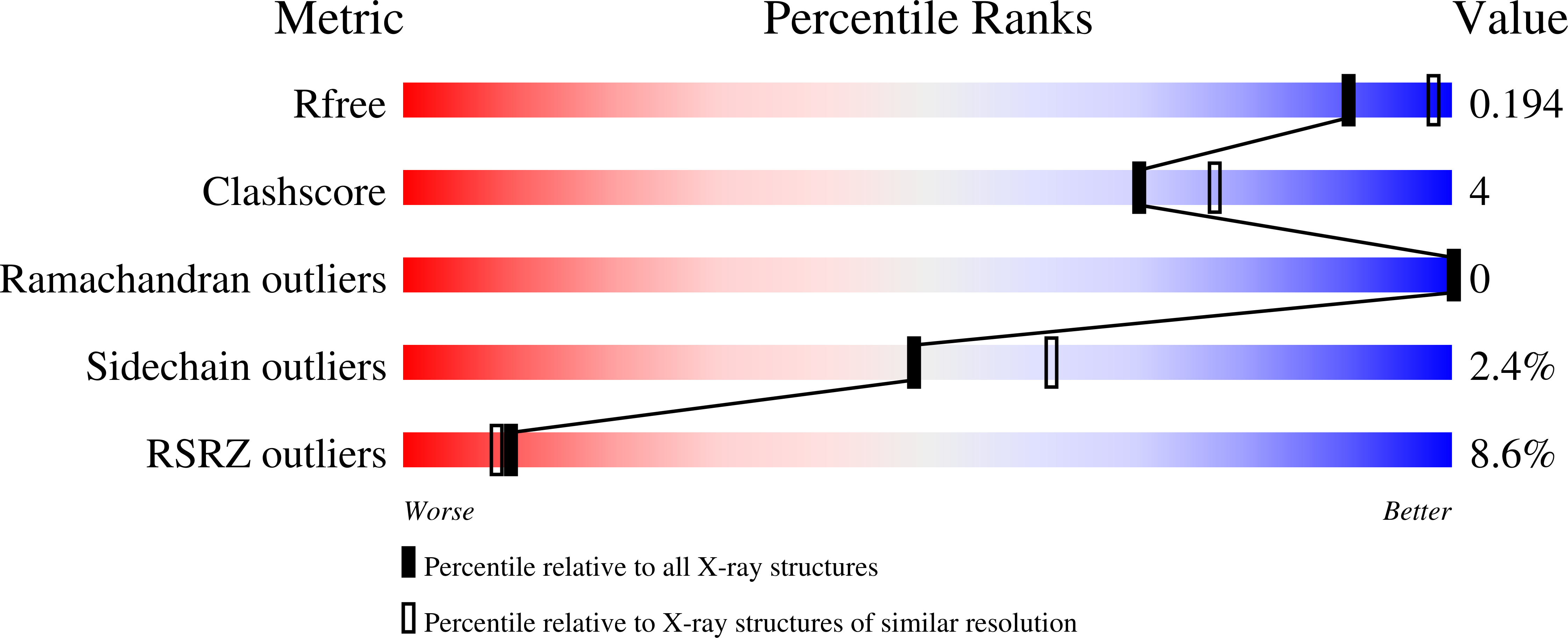
Deposition Date
2022-10-28
Release Date
2024-02-14
Last Version Date
2024-05-08
Entry Detail
PDB ID:
8EYS
Keywords:
Title:
X-ray crystal structure of salmonella typhimurium Tryptophan synthase internal aldimine at pH 5.0
Biological Source:
Source Organism:
Host Organism:
Method Details:
Experimental Method:
Resolution:
2.20 Å
R-Value Free:
0.19
R-Value Work:
0.16
Space Group:
C 1 2 1


